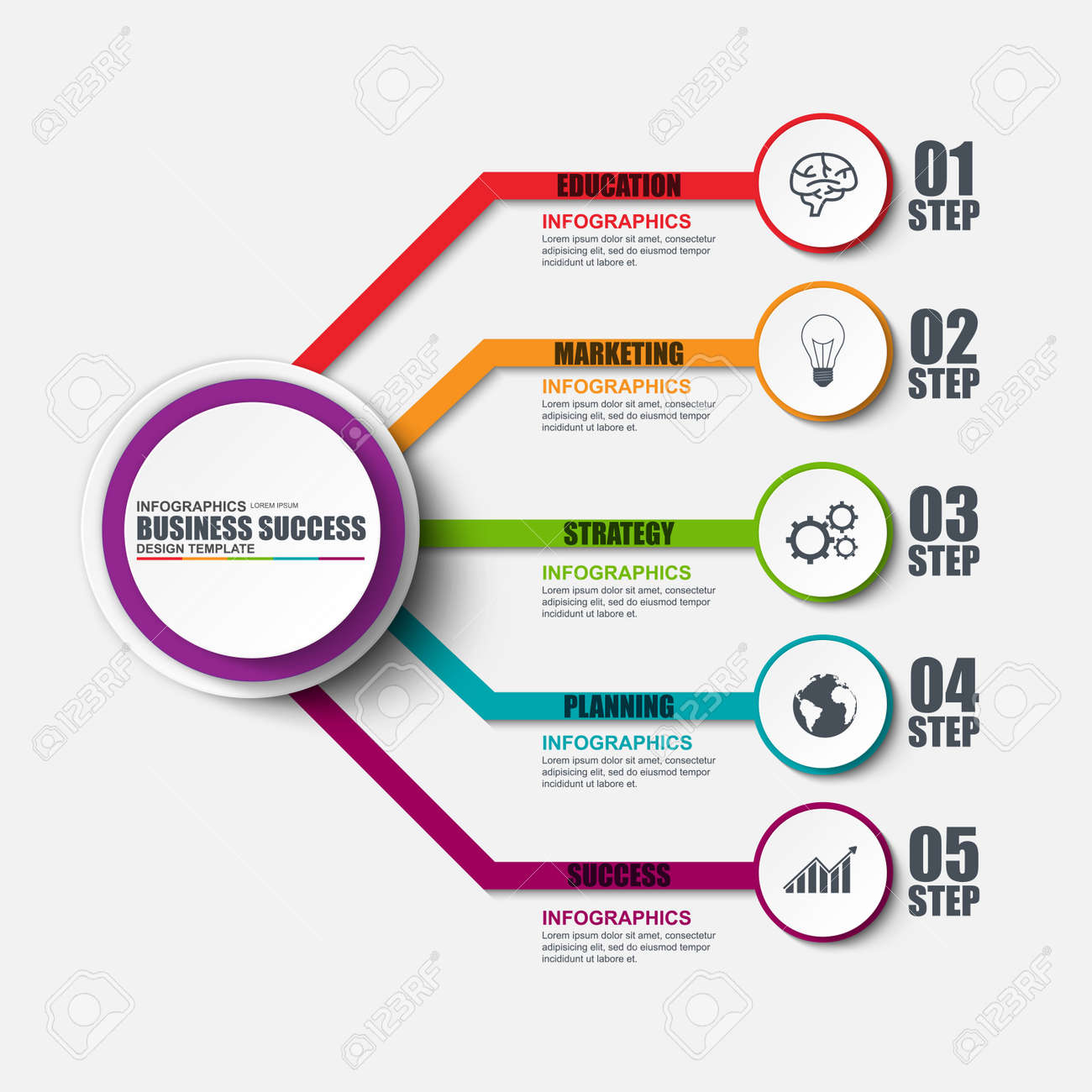Get Ready To Journey With Time And Find Exactly How Web Sites Have Actually Ended Up Being Extra Advanced, Easy To Use, And Visually Stunning
Get Ready To Journey With Time And Find Exactly How Web Sites Have Actually Ended Up Being Extra Advanced, Easy To Use, And Visually Stunning
Blog Article
Team Author-Booker Trolle
In the past, websites were straightforward and focused on information. Navigating was straight, and layout was for desktops. Currently, user experience is crucial. Data guides designs for very easy navigation. Receptive layouts fit different gadgets. Today, dark setting minimizes pressure, and minimalist food selections enhance navigating. Interactive functions involve users, and bold visuals stand out. AI assimilation increases interaction. See just how design has progressed to enhance your on-line trip.
Early Days of Web Design
In the very early days of web design, simpleness preponderated. Internet sites were basic, with minimal shades, font styles, and layouts. The emphasis was on providing info as opposed to fancy visuals. Individuals accessed the net through slow dial-up connections, so speed and functionality were essential.
Navigation food selections were straightforward, generally situated at the top or side of the page. Internet sites were designed for desktop computers, as mobile surfing wasn't yet common. Web content was king, and designers prioritized very easy readability over complicated design components.
HTML was the key coding language utilized, and designers had to work within its restrictions. Animations and interactive attributes were minimal compared to today's requirements. Internet sites were fixed, with little dynamic material or customized individual experiences.
Surge of User-Focused Style
With the evolution of website layout, a change in the direction of user-focused design principles has become progressively popular. Today, creating internet sites that focus on individual experience is important for involving site visitors and accomplishing company goals. https://www.google.com/maps/place/Moon+and+Owl+Marketing/@32.9757271,-106.5344695,1840583m/data=!3m1!1e3!4m6!3m5!1s0x864ddeaa4179705b:0x488d41d2cc6b9750!8m2!3d32.9757271!4d-97.5696258!16s%2Fg%2F11b6mpccrg?entry=ttu&g_ep=EgoyMDI1MDIxMS4wIKXMDSoJLDEwMjExNDUzSAFQAw%3D%3D -focused layout involves recognizing the needs, choices, and actions of your target market to tailor the web site's format, web content, and features accordingly.
Designers now carry out complete study, such as customer surveys and usability screening, to gather understandings and responses straight from customers. This data-driven approach aids in creating intuitive navigation, clear calls-to-action, and visually enticing interfaces that resonate with site visitors. By placing the user at the facility of the style process, websites can supply an extra customized and pleasurable experience.
Receptive layout has actually also emerged as a crucial element of user-focused layout, making certain that web sites are optimized for different tools and display dimensions. https://www.fool.com/the-ascent/small-business/email-marketing/articles/edm-marketing/ ease of access and usability, catering to the diverse methods individuals engage with websites today. Fundamentally, the rise of user-focused layout symbolizes a shift towards producing digital experiences that focus on the requirements and expectations of completion customer.
Modern Trends in Website Design
Check out the most up to date patterns forming web design today. One noticeable pattern is dark mode style, offering a streamlined and modern appearance while decreasing eye pressure in low-light environments. An additional essential pattern is minimalist navigation, streamlining menus and improving individual experience by focusing on essential elements. Incorporating micro-interactions, such as computer animated switches or scrolling impacts, can produce a more interesting and interactive web site. Receptive layout continues to be critical, making certain smooth individual experiences throughout different tools. Furthermore, using vibrant typography and asymmetrical formats can include aesthetic interest and draw attention to details content.
Integrating AI innovation, like chatbots for consumer support or tailored referrals, improves user interaction and simplifies procedures. Access has also become a significant trend, with developers focusing on inclusive layout techniques to deal with diverse customer requirements. Welcoming sustainability by optimizing internet site efficiency for speed and effectiveness is another emerging fad in website design. Collaborating with user comments and data analytics to repeat and improve design continuously is important for remaining appropriate in the ever-evolving digital landscape. By embracing these contemporary patterns, you can develop an aesthetically enticing, easy to use web site that reverberates with your audience.
Conclusion
As you assess the evolution of web site layout from the early days to currently, you can see just how user-focused style has come to be the driving pressure behind modern trends.
Welcome the trip of modification and adjustment in web design, always keeping the customer experience at the leading edge.
Keep current with the latest patterns and innovations, and never stop developing your technique to produce aesthetically magnificent and straightforward websites.
Evolve, adjust, and produce - the future of web design remains in your hands.
